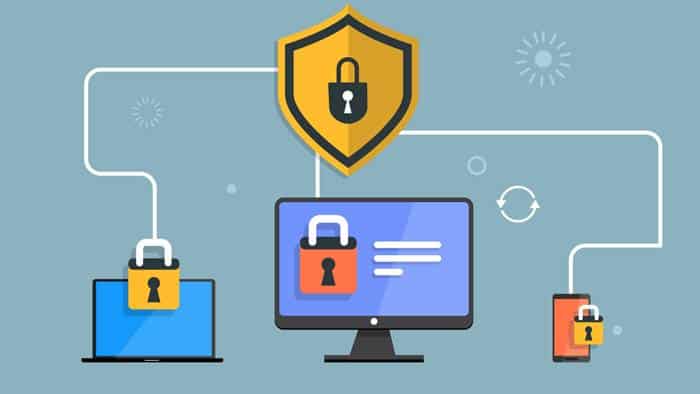Regular updates are essential to maintaining the effectiveness of anti-virus and anti-malware software.
Antivirus and anti-malware software must receive regular upgrades to remain successful in protecting your smart home.
Here are a few explanations:
1. Protection Against Emerging Threats: Malware and viruses are continually being developed, and cyber dangers are constantly changing. Your anti-virus and anti-malware software should be regularly updated to stay current with threats and secure your smart home.
2. Repairing Known Vulnerabilities: Software developers are continuously attempting to address known flaws, which hackers are continually trying to exploit.
Your anti-virus and anti-malware software should receive regular updates to ensure that any known vulnerabilities are fixed and patched, preventing hackers from taking advantage of them.
3. Better Performance: Frequent updates can also make your antivirus and anti-malware software run more efficiently.
Updates could include bug fixes and performance enhancements that increase the software’s responsiveness and dependability while also enhancing threat detection and removal capabilities.
4. Compatibility with Operating Systems and Devices: Because operating systems and smart home gadgets are continuously changing, it’s important to regularly update your antivirus and anti-malware software to keep it working with the most recent versions of these systems and gadgets.
This compatibility is essential for maintaining the security of your smart home.
5. Compliance with Industry Standards: In some circumstances, it may be necessary to make frequent modifications to stay in compliance with industry standards and rules.
This is crucial for companies that must adhere to strict security standards in order to protect customer data.
Regular anti-virus and anti-malware software upgrades are essential to preserving your smart home security system’s efficacy.
They safeguard against fresh threats, address known flaws, enhance functionality, guarantee interoperability with devices and operating systems, and guarantee adherence to industry standards.
Real-time scanning is explained, along with how it can stop threats.
A key component of many smart home security systems that can help stop cyber threats before they cause harm is real-time scanning.
Below is a description of real-time scanning and how it functions:
Anti-virus and anti-malware software with real-time scanning capabilities continuously scan your smart home’s gadgets for indications of dangerous behavior.
It operates by continuously scanning the files, applications, and other data on your devices as they are viewed or downloaded.
As a result, any possible threats can be rapidly detected and blocked by the program before they have a chance to do any harm.
Quick discovery and resolution of issues
Real-time scanning uses a range of methods to identify threats, including signature-based detection and behavior-based detection.
A database of known viruses and other harmful software is compared with files and programs as part of signature-based detection.
Behavior-based detection searches for patterns of behavior that could be signs of a threat, like programs that try to access or modify system files.
Helps keep smart home devices and data secure
A key element of smart home security is real-time scanning, which enables you to maintain your degree of protection when new threats emerge.
Since cyber dangers are always evolving, it is crucial to have a system in place that can quickly identify and prevent potential assaults before they cause harm.
Real-time scanning is a vital aspect of smart home security
Real-time scanning is advantageous since it can be done without significantly impairing the device’s operation.
By monitoring devices in real-time, antivirus and anti-malware software may quickly discover and address issues while minimizing the impact on device performance.
A vital aspect of smart home security systems that can help stop cyber threats before they cause harm is real-time scanning in general.
Real-time scanning adds an extra layer of security by continuously checking devices for indications of malicious behavior, which can help keep your smart home devices and data secure.
Recap of the ways that anti-virus and anti-malware software impact smart home security
It’s also essential that you remember that anti-virus and anti-malware software shouldn’t be your smart home’s only line of defense.
They should be used in addition to other security precautions like strong passwords, two-factor authentication, and routine software upgrades, even though they are essential tools.
Your smart home gadgets and data can be protected from a variety of cyberattacks by employing a multi-layered security approach.
You can stay ahead of potential risks by keeping up with the newest cyber threats and best practices for smart home security.
You can spot possible weaknesses and take action to solve them before they become a problem by staying up-to-date with the most recent news and trends in smart home security.
Finally, antivirus and anti-malware software are necessary tools for protecting your smart home.
They offer a comprehensive defense against a variety of cyber threats, and real-time scanning, and can cooperate with other smart home security measures to offer full protection.
By investing in high-quality anti-virus and anti-malware software, frequently updating your devices and software, and maintaining safe browsing habits, you can help ensure the security and privacy of your smart home.
Learn more about Home Network Security
